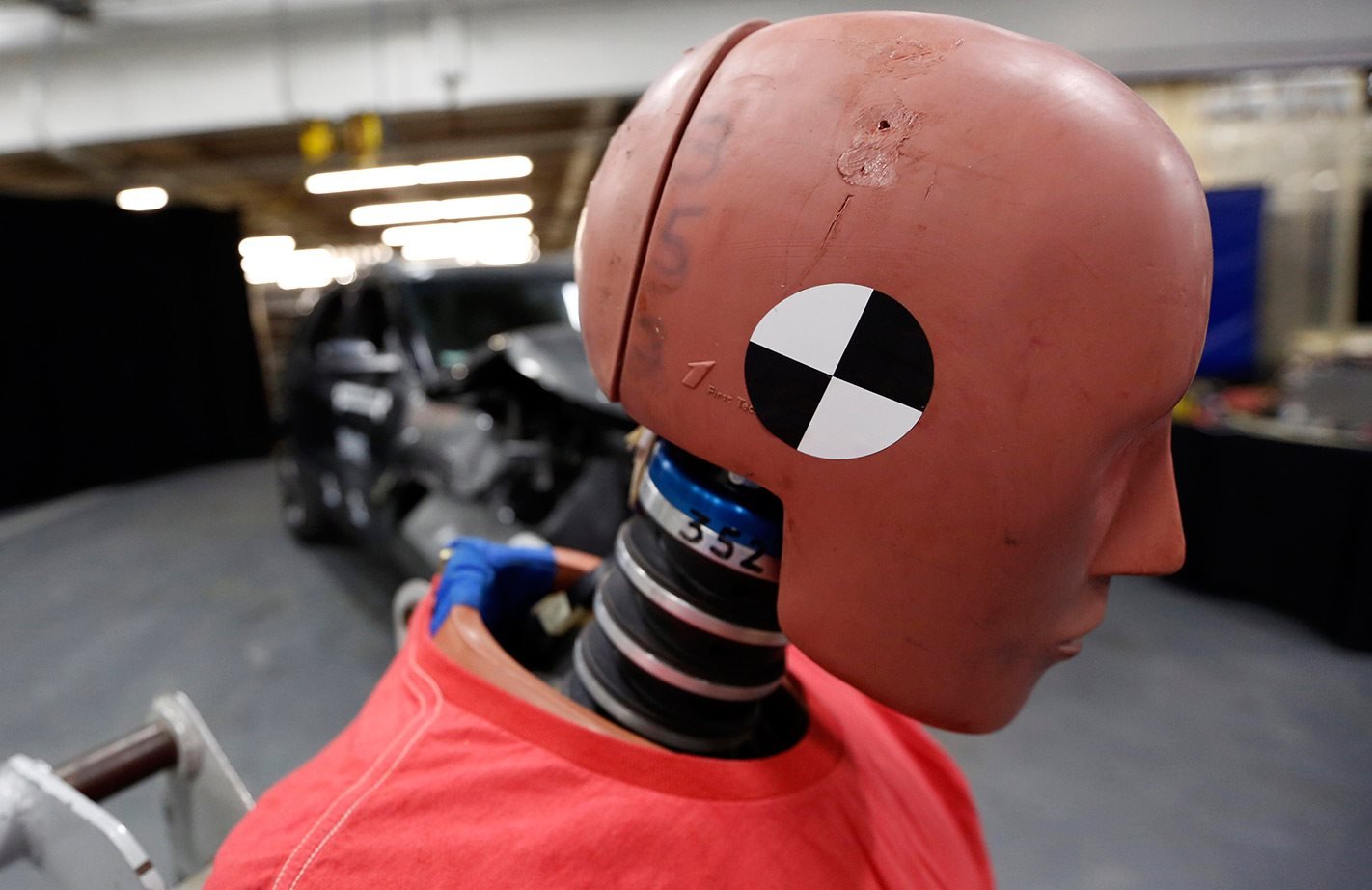I’ve always had a long list of reasons why I’m glad not to be a woman. I don’t have the patience to care about my leg hair, eyelashes, toenails, eyebrows, underarms, or my appearance in general. I think breasts would be a lot less fun than they look, and I would truly and deeply hate to be forced to have a relationship with a man, and not just because they’re too lazy to care about how they look.
Incredibly, this list only keeps growing, to the point where I feel not just sorry but concerned for my daughter, my wife and women generally, because they really do live in a man’s world – one in which my tiny but hugely opinionated wife not only complains constantly about how car seats are impossible for her to get comfortable in, but in which she is 47 percent more likely than a man to be seriously injured in a car crash, 71 percent more likely to be ‘moderately injured’ and a frankly terrifying 17 percent more likely to die.
We learned these figures together while listening to a podcast called 99 Percent Invisible, which was discussing an illuminating book called Invisible Women: Exposing Data Bias in a World Designed for Men, by Caroline Criado Perez, and I can tell you that the mood in the car was decidedly arctic; almost as cold as my wife finds her office building every day – studies have shown that, because of their different metabolic rate, office temperatures are, on average, five degrees too cool for women to be comfortable, because they’re designed for men. As are smartphones, which fit a woman’s hand like a cap fits a cat.
These are minor annoyances, of course, compared to the fact that cars are, and always have been, built to protect the average man. Women, typically being shorter, must sit closer to the dash, and the airbag, and you don’t have to be a safety engineer to imagine how that works out. Women are also more vulnerable in rear-end collisions because they have less muscle mass in their neck and upper torso, which makes them up to three times more likely to suffer whiplash, because car seats are too firm to protect their bodies (according to Swedish research, which is always the best).
All of these design issues relate to the fact that, since the very first crash-test dummies were introduced in the 1950s, they’ve been based around the 50th-percentile male body, which is 1.77m tall and weighs 76kg. The dummies were also designed to have a man’s spinal column and muscle-mass proportions.
Incredibly, it took until the 1980s for researchers at Michigan University to suggest the inclusion of a 50th-percentile female dummy in crash tests, advice that was largely ignored by car makers and regulators. The US finally recommended the use of female dummies in 2011, but it turns out that, globally, these dummies – often just scaled-down male ones rather than female specific – are mostly tested in the passenger seat.
In a world in which women represent at least half of the population and apparently make or influence 80 percent of car-buying decisions, it’s incredible enough that I’m so often told by female friends that they struggle to find cars that make them comfortable, and dumbfounding that they are also so much less safe.
Yes, I can see that it’s a seemingly intractable problem, that car companies have to design their vehicles to fit humans of all sizes and shapes, but you have to wonder if more could be done. Why is an adjustable pedal box – previously seen on the Ford Territory – so rare?
Frankly I’m not sure whether I’m relieved not to be a woman, or slightly embarrassed to be a man.





